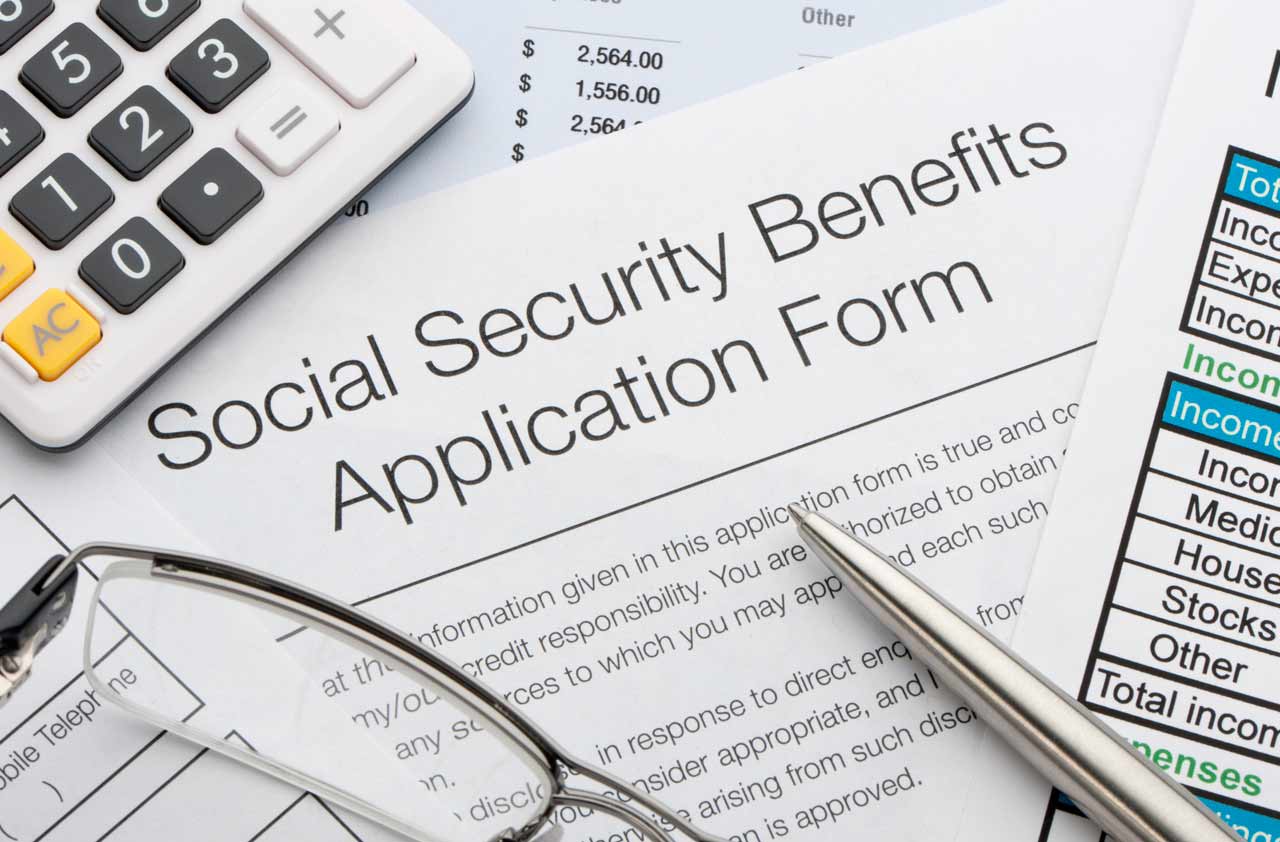Passing the Social Security Benefits Earnings Test
Bone up on strategies that will get you the maximum Social Security benefits you've earned.


A big reason experts advise waiting until at least full retirement age to claim Social Security: You get to skip the benefits earnings test, which hits early claimers who are still working. But there are actually two earnings tests–and the second test can help early retirees leaving work midyear avoid the trap.
The Social Security Administration always applies the annual earnings test first. Based on that test, the agency temporarily withholds $1 of a worker's benefits for every $2 earned over $17,040 in 2018. In a year the worker hits full retirement age, the test is more generous–the worker forfeits $1 in benefits for every $3 in 2018 earnings above $45,360.
In the month a worker hits full retirement age–poof!–the earnings test goes away. The worker can earn whatever he or she likes, and the monthly benefit amount will be adjusted upward to take into account all benefits forfeited in the past (more on recouping lost benefits below).

Sign up for Kiplinger’s Free E-Newsletters
Profit and prosper with the best of expert advice on investing, taxes, retirement, personal finance and more - straight to your e-mail.
Profit and prosper with the best of expert advice - straight to your e-mail.
But if you're tripped up by the annual test, you still have a shot at your full benefit. The agency will apply a monthly earnings test and set your payments according to whichever test is better for you. "It helps people who retire in the middle of the year not to be penalized," says Jim Blair, a former Social Security district manager and a partner at Premier Social Security Consulting, in Sharonville, Ohio.
The monthly test can be used for only one year, usually the first year of retirement. And it comes into play generally for midyear retirees who have already earned more than the annual limit. Those who pass the monthly earnings test can receive 100% of their benefits for any whole month the agency considers them retired, regardless of total annual earnings.
Taking the Monthly Social Security Earnings Test
Here's how the monthly earnings test works: If you are under full retirement age for all of 2018, you are considered retired in any month you earn $1,420 or less. If you reach full retirement age in 2018, you are considered retired in any month you earn $3,780 or less.
Say a beneficiary turns 62 in June. He wants to start benefits in July after working through the end of June and making $80,000 in 2018. On an annual basis, he'd get no benefit. But in July through December, if he earns $1,420 or less each month, the monthly earnings test would open the door to full benefits.
"You have to be careful if you go up to $1,421–then the agency would add the $80,000," Blair says. In that case, you would lose a check for that month, but not for other months when benefits are below the monthly threshold. "A sneaky five-Friday payday month might end up passing the monthly earnings amount," he says.
When retiring in the year you reach full retirement age, the earnings test only applies in the months prior to the month of your birthday. The higher threshold of $3,780 would apply if the monthly test is used in 2018. The earnings tests count only earned income from a job or self-employment; investment income, for example, and retirement-plan payouts are ignored.
If you work while claiming early benefits, call Social Security with your estimated earnings so you don't get more benefits than you are due. ™Eventually, earnings are posted to your record and they'll see they overpaid," Blair says. The agency will want the money back–and will withhold benefit checks until the overpayment is cleared.
Recouping Lost Benefits
The burning question when a person loses Social Security benefits to the earnings test: When do I get my money back?
Unfortunately, you won’t get all your temporarily forfeited benefits back in a lump sum at full retirement age. Instead, your monthly benefit amount is adjusted upward in the month you hit full retirement age to account for forfeited benefits. The disappearing benefits essentially reduce the amount of time you were considered to have claimed benefits early.
Say you took benefits at age 62 instead of waiting to your full retirement age of 66, giving your benefits a haircut of 25%. If you forfeited 12 months’ worth of benefits to the earnings test, at your full retirement age, you’ll be treated as if you claimed benefits three years early, instead of four. Your lifetime benefits reduction will get slashed from 25% to about 20%. That puts more money in your check every month, and if you live long enough, you’ll recoup all the benefits the earnings test temporarily took away.
Get Kiplinger Today newsletter — free
Profit and prosper with the best of Kiplinger's advice on investing, taxes, retirement, personal finance and much more. Delivered daily. Enter your email in the box and click Sign Me Up.

-
 Here’s How the Trump Harvard Tax Threat Could Impact You
Here’s How the Trump Harvard Tax Threat Could Impact YouTax Law Trump's latest showdown raises fundamental questions that could reach beyond nonprofit tax status.
By Kelley R. Taylor
-
 5 treats to splurge on with your tax refund
5 treats to splurge on with your tax refundWant to use your tax refund to splurge on a little something nice this spring? Here are five treats to make the most out of that extra cash.
By Rachael Green
-
 457 Plan Contribution Limits for 2025
457 Plan Contribution Limits for 2025Retirement plans There are higher 457 plan contribution limits for state and local government workers in 2025. That's good news for state and local government employees.
By Kathryn Pomroy
-
 Medicare Basics: 11 Things You Need to Know
Medicare Basics: 11 Things You Need to KnowMedicare There's Medicare Part A, Part B, Part D, Medigap plans, Medicare Advantage plans and so on. We sort out the confusion about signing up for Medicare — and much more.
By Catherine Siskos
-
 The Seven Worst Assets to Leave Your Kids or Grandkids
The Seven Worst Assets to Leave Your Kids or Grandkidsinheritance Leaving these assets to your loved ones may be more trouble than it’s worth. Here's how to avoid adding to their grief after you're gone.
By David Rodeck
-
 SEP IRA Contribution Limits for 2025
SEP IRA Contribution Limits for 2025SEP IRA A good option for small business owners, SEP IRAs allow individual annual contributions of as much as $70,000 in 2025, up from $69,000 in 2024.
By Jackie Stewart
-
 Roth IRA Contribution Limits for 2025
Roth IRA Contribution Limits for 2025Roth IRAs Roth IRA contribution limits have gone up. Here's what you need to know.
By Jackie Stewart
-
 SIMPLE IRA Contribution Limits for 2025
SIMPLE IRA Contribution Limits for 2025simple IRA The SIMPLE IRA contribution limit increased by $500 for 2025. Workers at small businesses can contribute up to $16,500 or $20,000 if 50 or over and $21,750 if 60-63.
By Jackie Stewart
-
 457 Contribution Limits for 2024
457 Contribution Limits for 2024retirement plans State and local government workers can contribute more to their 457 plans in 2024 than in 2023.
By Jackie Stewart
-
 Roth 401(k) Contribution Limits for 2025
Roth 401(k) Contribution Limits for 2025retirement plans The Roth 401(k) contribution limit for 2025 increased, and workers who are 50 and older can save even more.
By Jackie Stewart